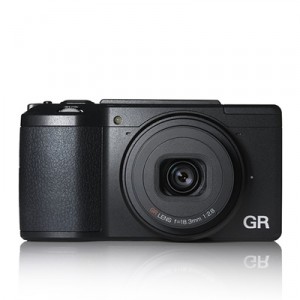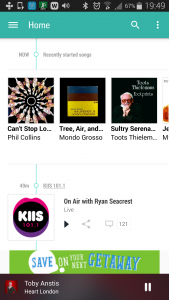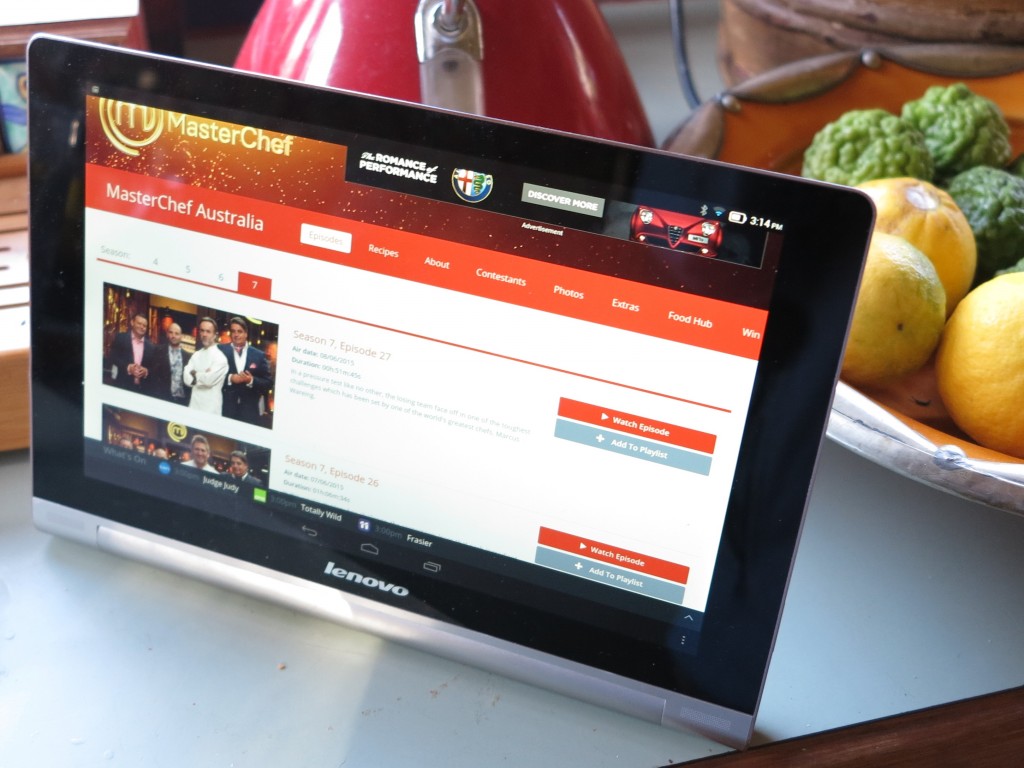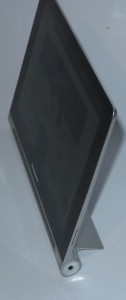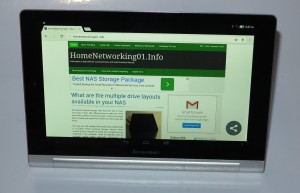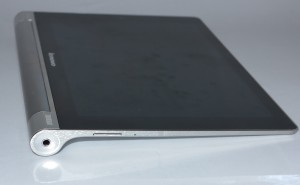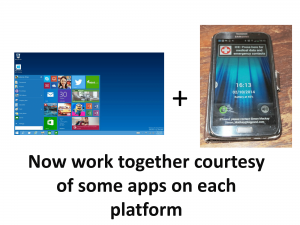More classes of premium drink are protected by NFC bottle caps
Articles
Remy Martin thinks an NFC bottle cap is the key to authentic cognac | Engadget
Smart liquor bottles can keep tabs on your bourbon collection | Engadget
Previous coverage
NFC technology to determine if that good wine or whiskey is the real McCoy
My Comments
I had previously covered the use of NFC as a tool to check if that bottle of premium wine or whiskey is the real McCoy and is filled with the real drink. This is based on a technology where an NFC chip is integrated in to the drink’s bottle cap is able to signal to a companion mobile app on an NFC-capable mobile device to indicate the veracity of the drink and what it’s about. As well, these tags become defunct or change their status if the bottle is opened.
Selinko developed the NFC bottle cap as a solution to a problem that has been happening in Asian markets where customers were being sold a “pig in a poke” when it comes to buying premium liquor. This is where a bottle of premium liquor had its contents diluted or swapped for poor-quality drink and is similar to where customers in the Asian countries are buying knock-offs of clothes, luggage and similar products made or designed by respected brands.
Remy Martin, a well-known cognac distiller, is partnering with Selinko to verify the authenticity of cognac bottles and check that the drink hasn’t been substituted with cheaper poorer quality liquor. As well, they are using this technology to allow their customers to find out more about the drink and participate in a promotion. As well, Diageo is using a similar technology designed by Thinfilm to check the veracity of Blue Label bourbon whiskey.
This could lead to you having to install an app on your mobile device for each drink brand you have in your liquor cabinet but each of the companies could also provide a generic interface and API for stock-management systems. Here, consumers, the licensed trade, hoteliers and others can check if a bottle is opened and what is meant to be in that bottle.
As I have said before, I would like to see this technology have applications beyond liquor such as to check the veracity and provenance of other branded items like soft drinks, pantry items and toiletries also at risk of substitution. That is, is the bottle of Coke full of the actual Coca-Cola, that jar of Vegemite full of the real Aussie thing or that bottle of premium aftershave or perfume containing the stuff with the real distinct scent that you love.

